| Subitizing is such an important early number skill. When Early Years teachers begin Number Talks, they often begin with dot cards that encourage children to see patterns in groups of dots (rather than having to count each dot individually). The Early Years Number Talk Starter Pack that I first shared about this time last year has FREE dot cards to get you started (click the dot cards to download this 60 page resource if you haven't already). |
The first dice game in this resource has children roll a single die and trace the correct numeral. Easy, fun counting - but eventually subitising - practice. The second game has children practice adding one to the number they've rolled. Children may well start by counting the dots each roll, but they'll soon progress to recognising the dot patterns and the associated number.
The listening activity that is also included is always a favourite, and it lets you target both number recognition and listening skills. You call out a number and a color (instructions are given, although you can always make up your own), and the children have to trace (or colour) that number using the color you've specified.
If you like these free sample games and the listening activity, the complete (60+ page)resource is available by clicking on the first picture on the left below:



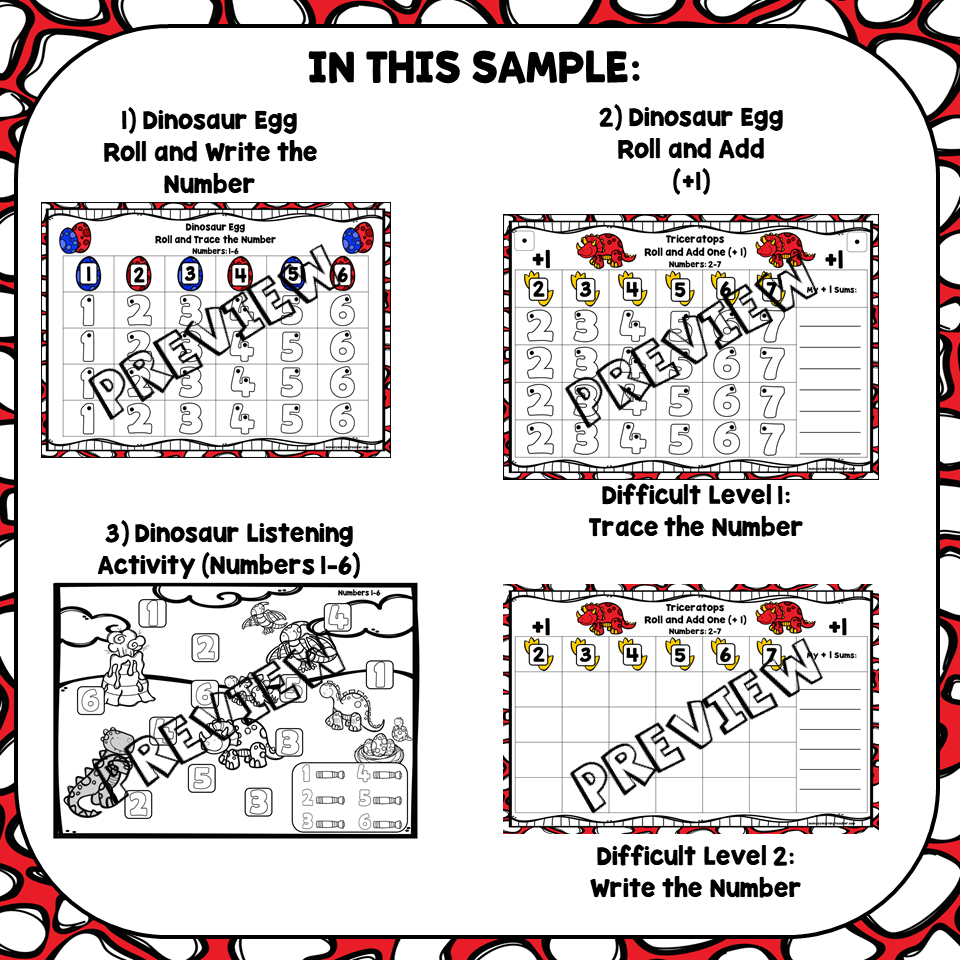
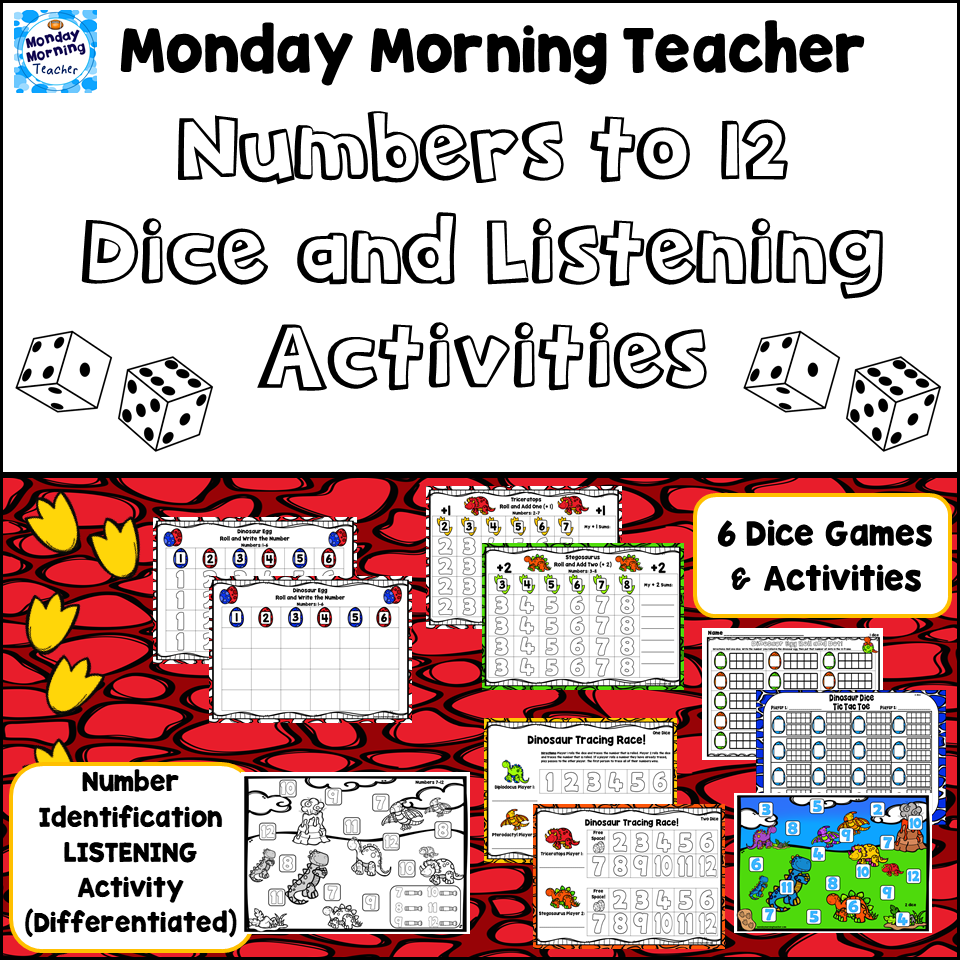
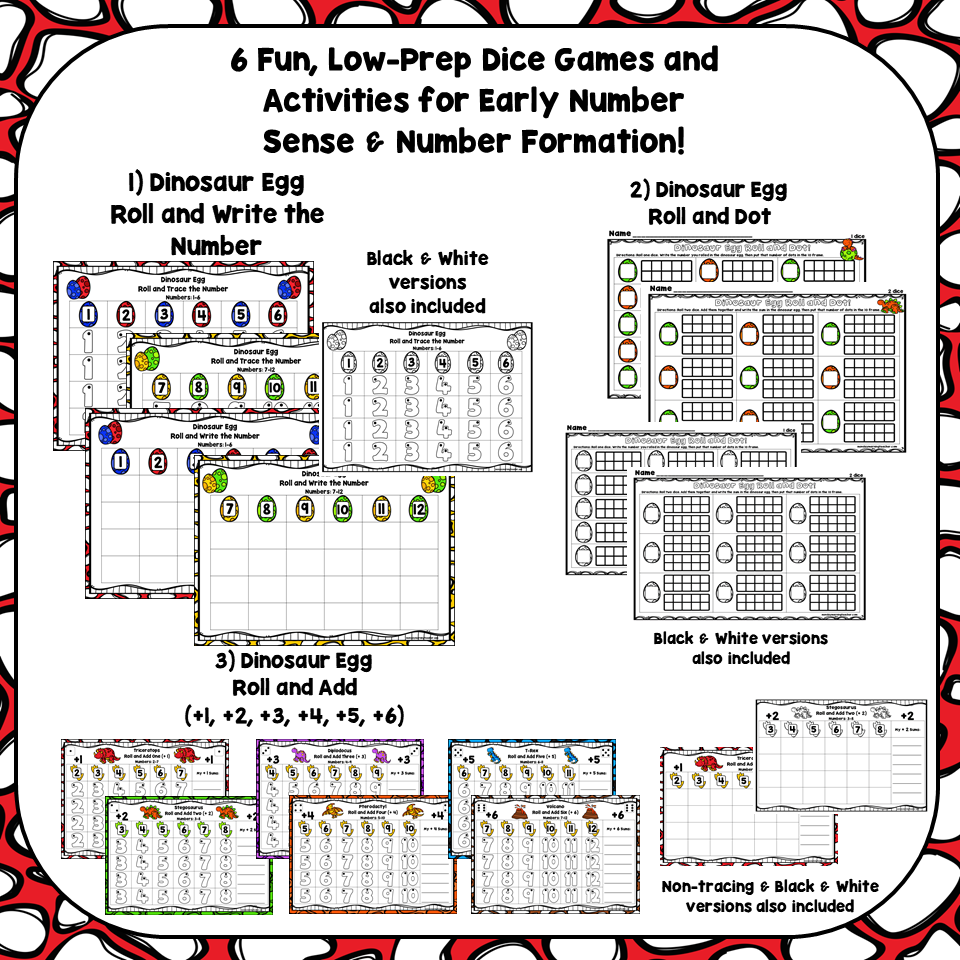
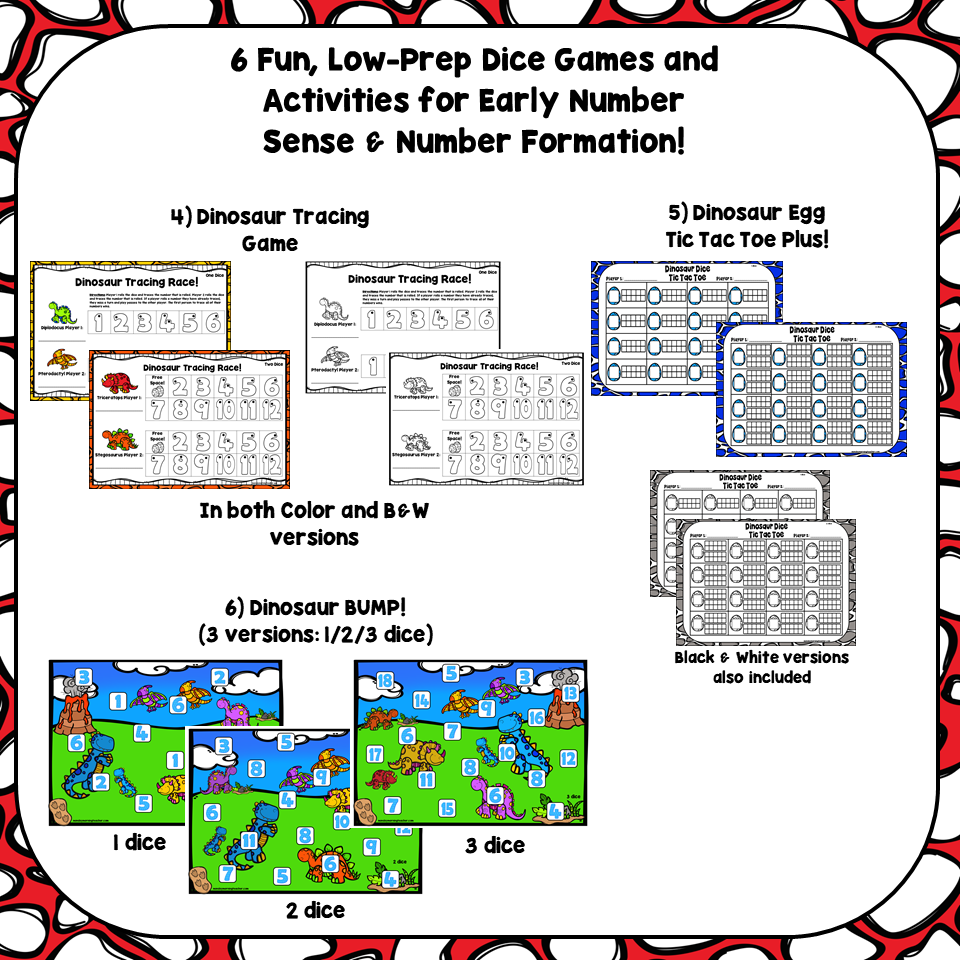
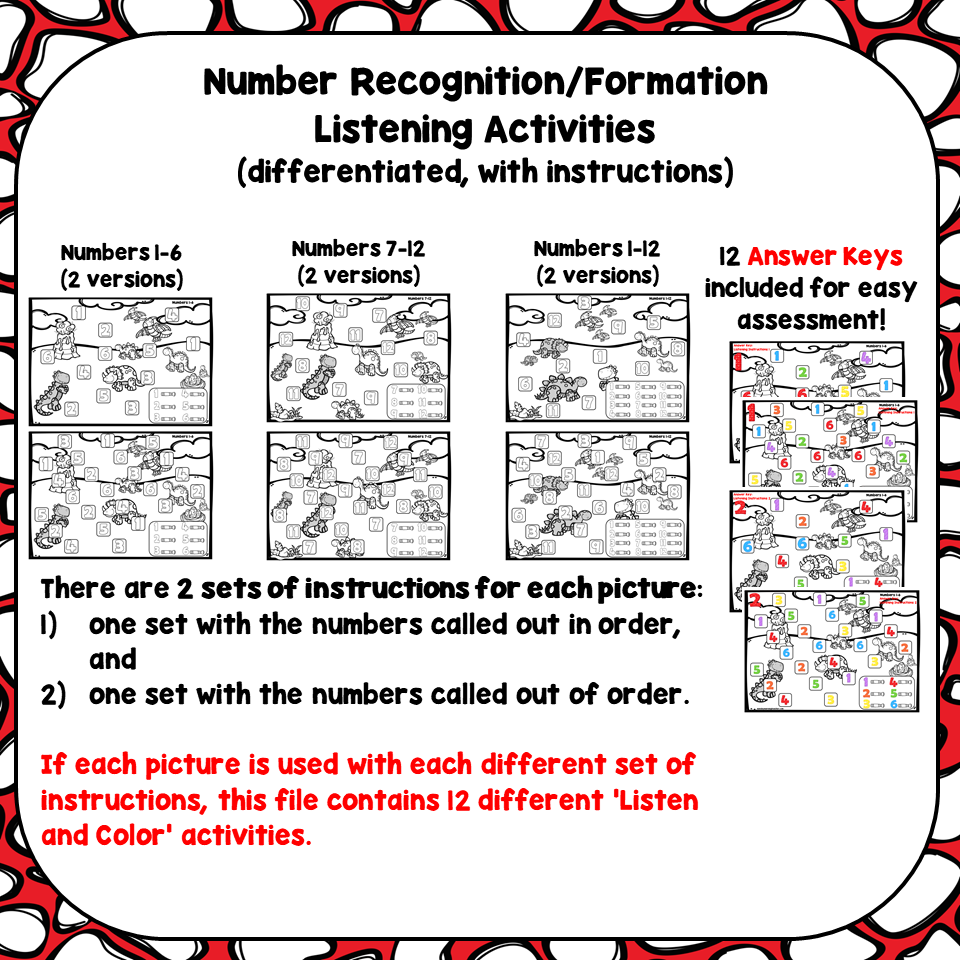
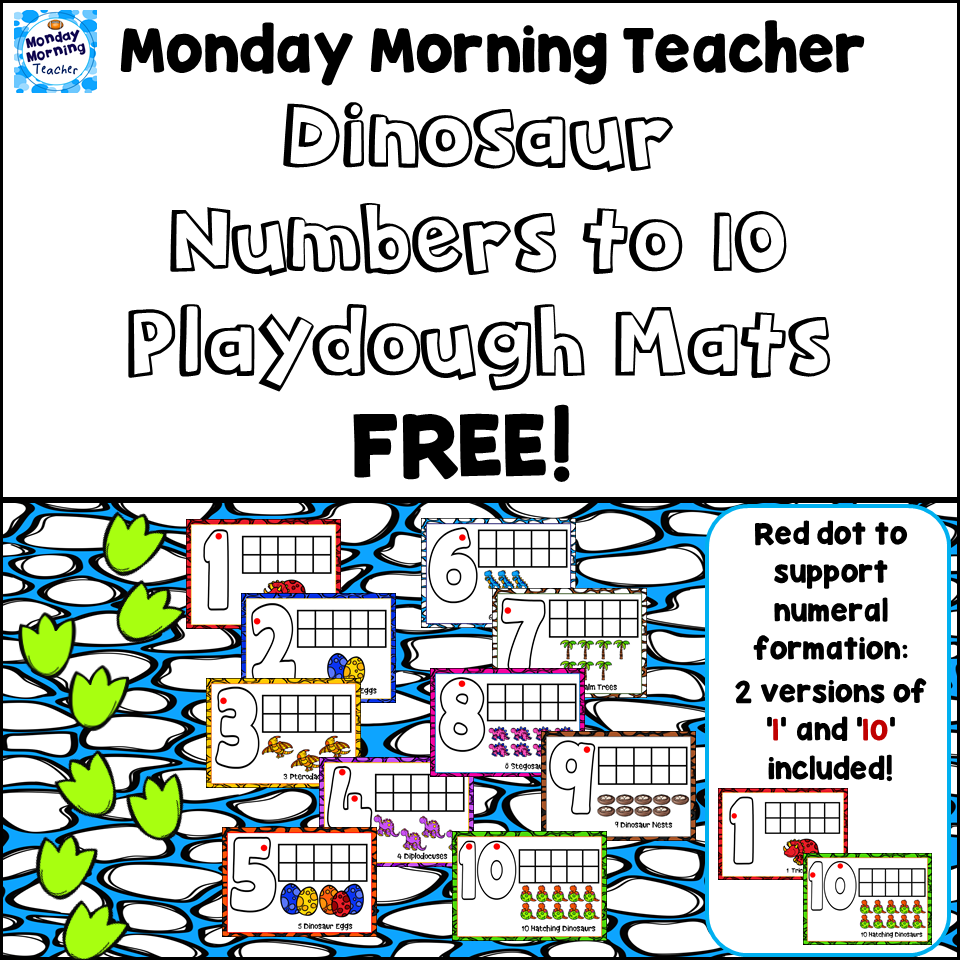
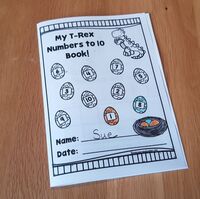
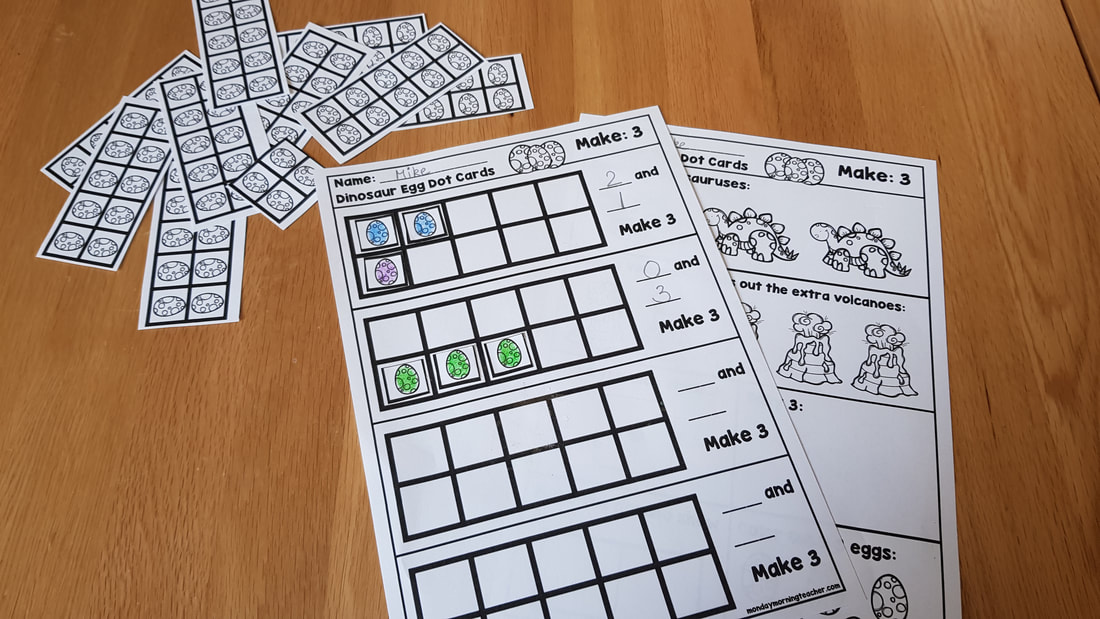
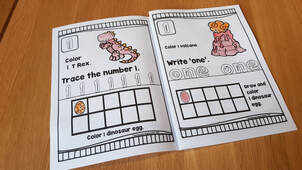
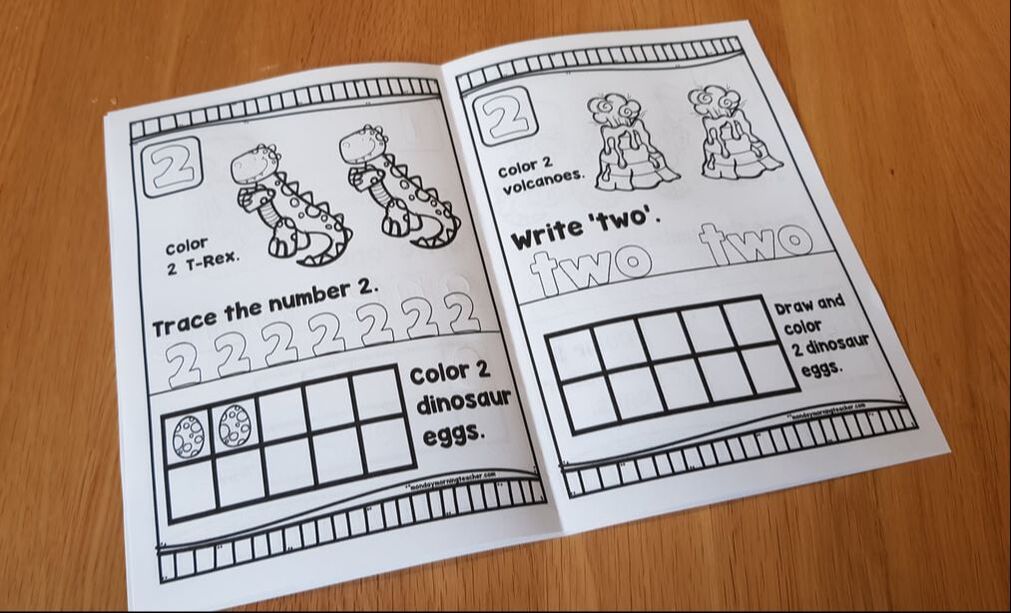
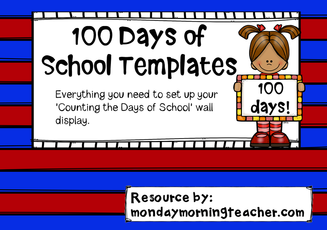
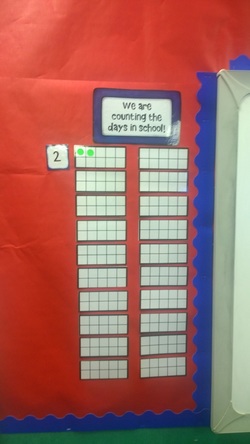
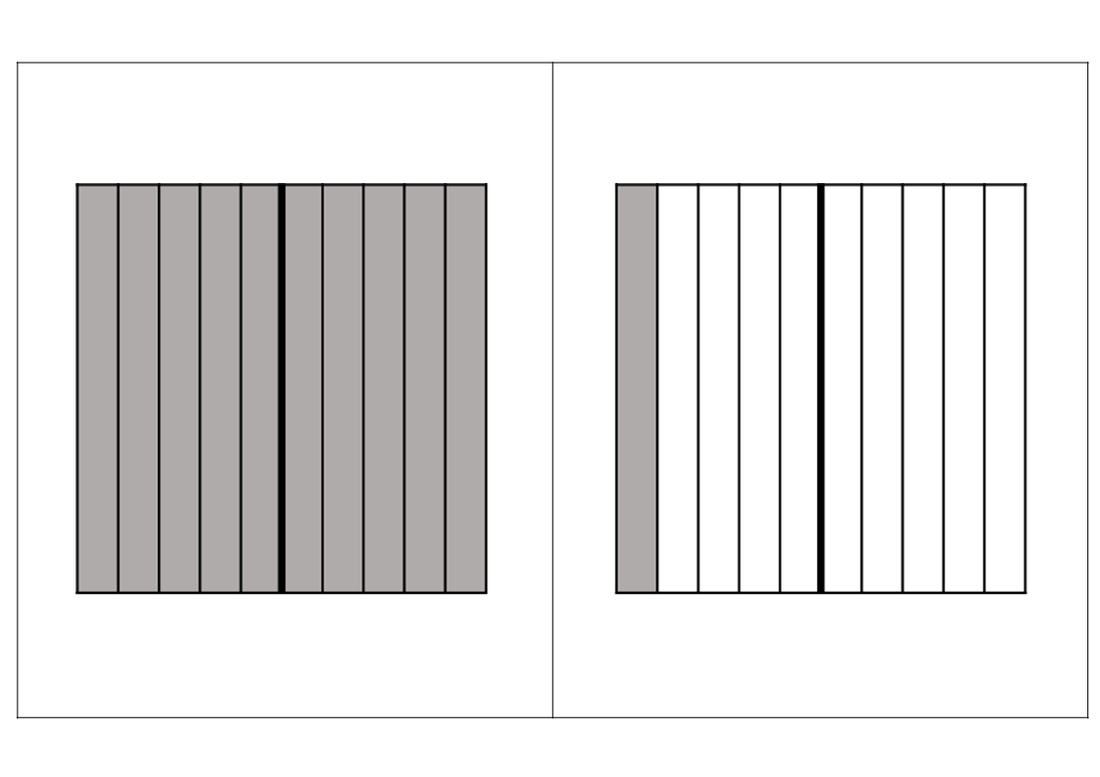
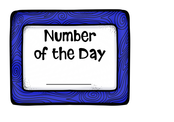
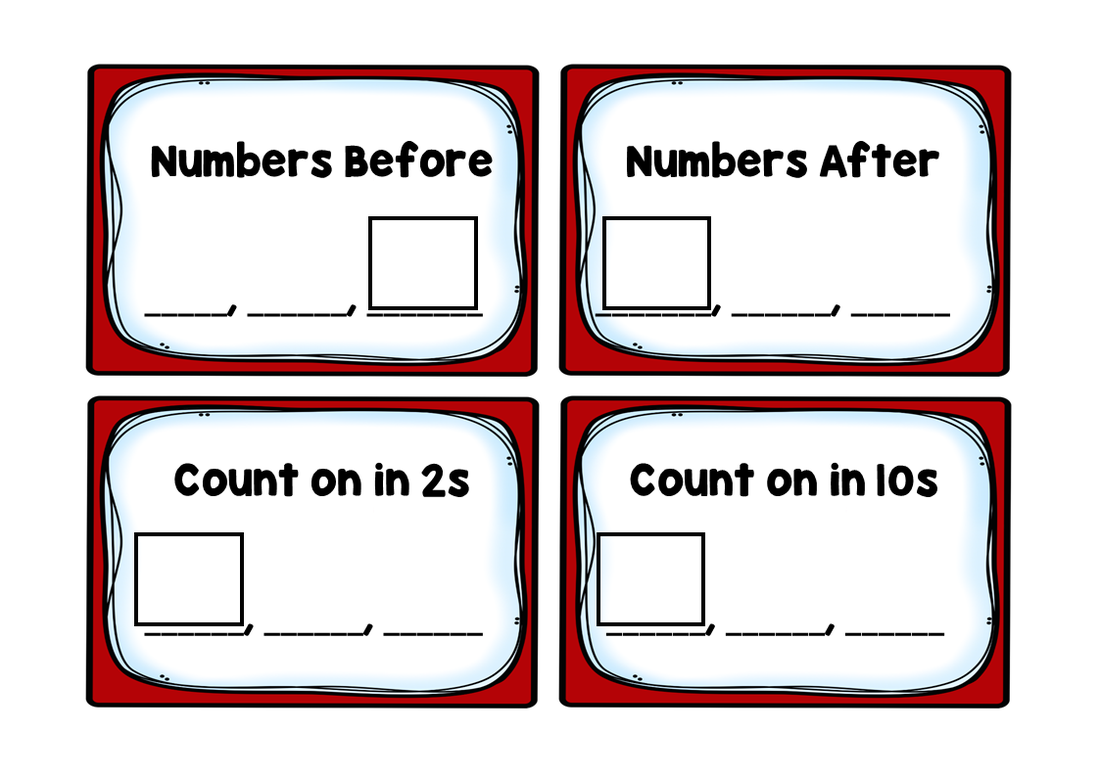
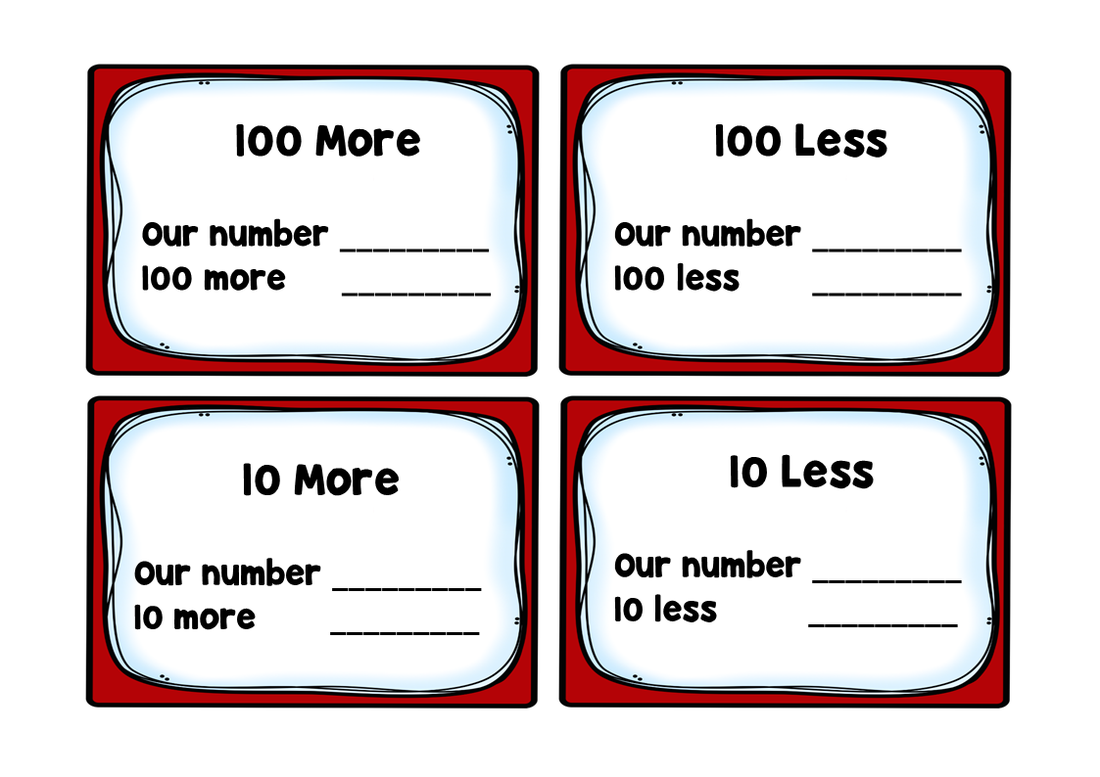
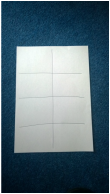
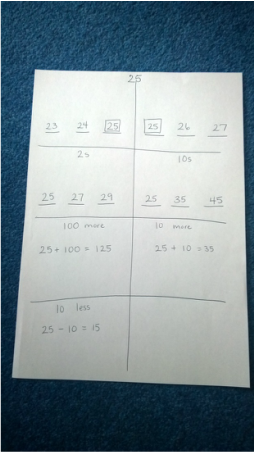
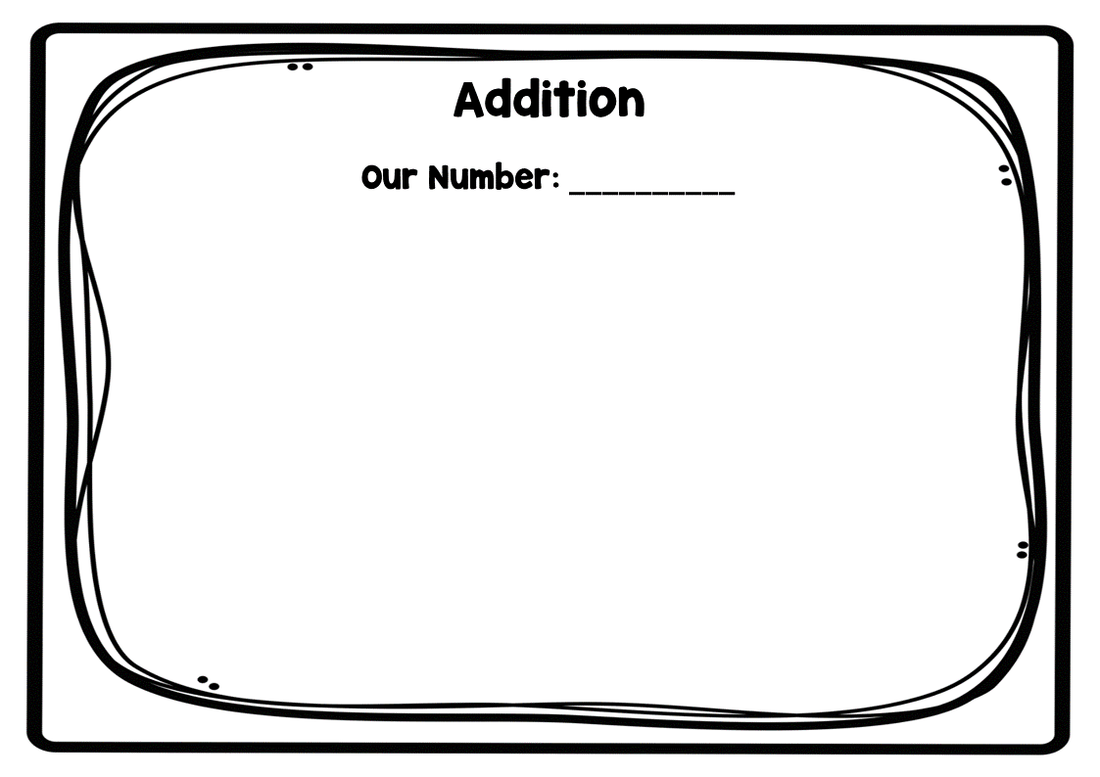
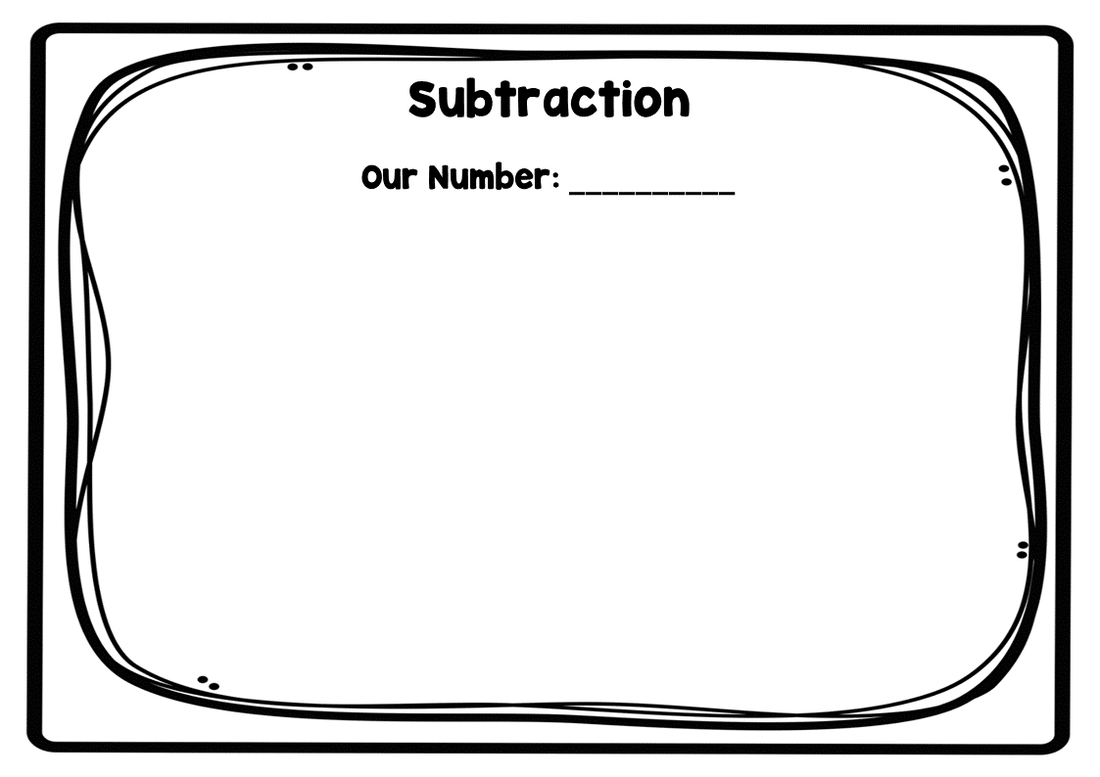
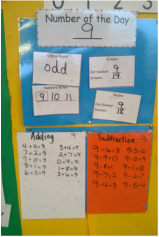
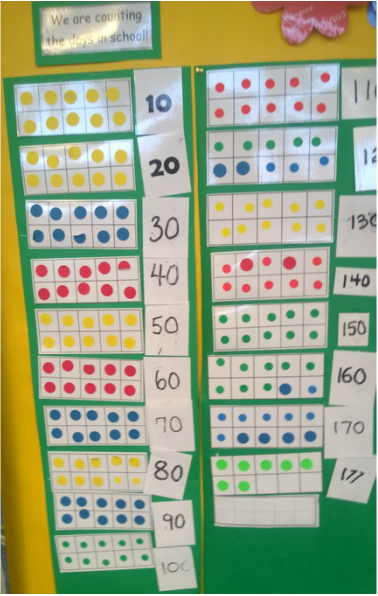
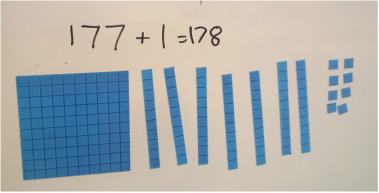
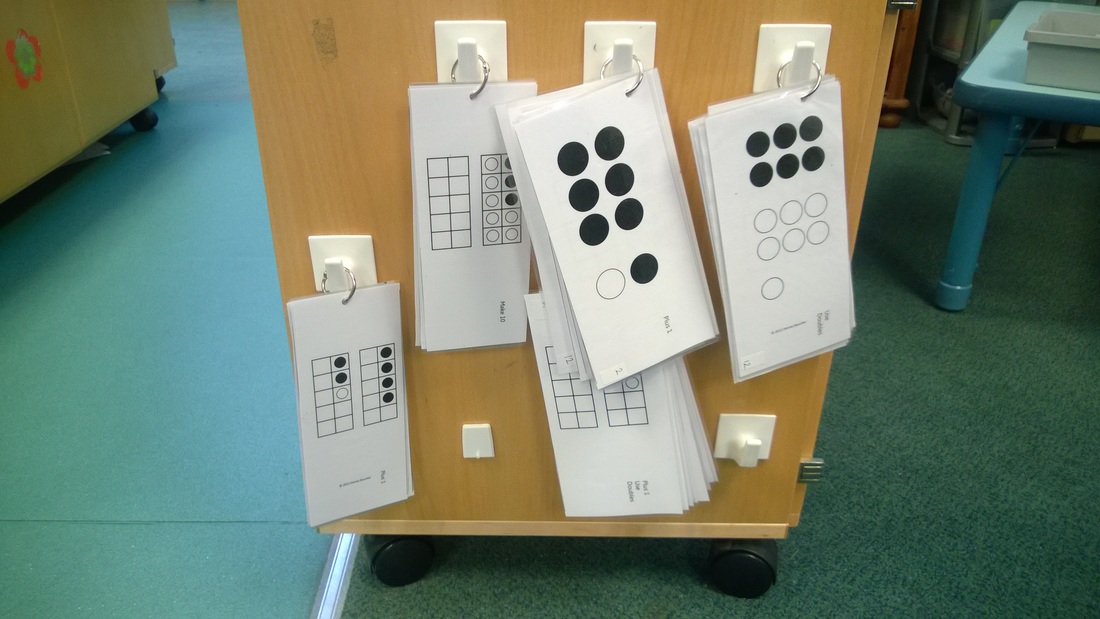
 RSS Feed
RSS Feed